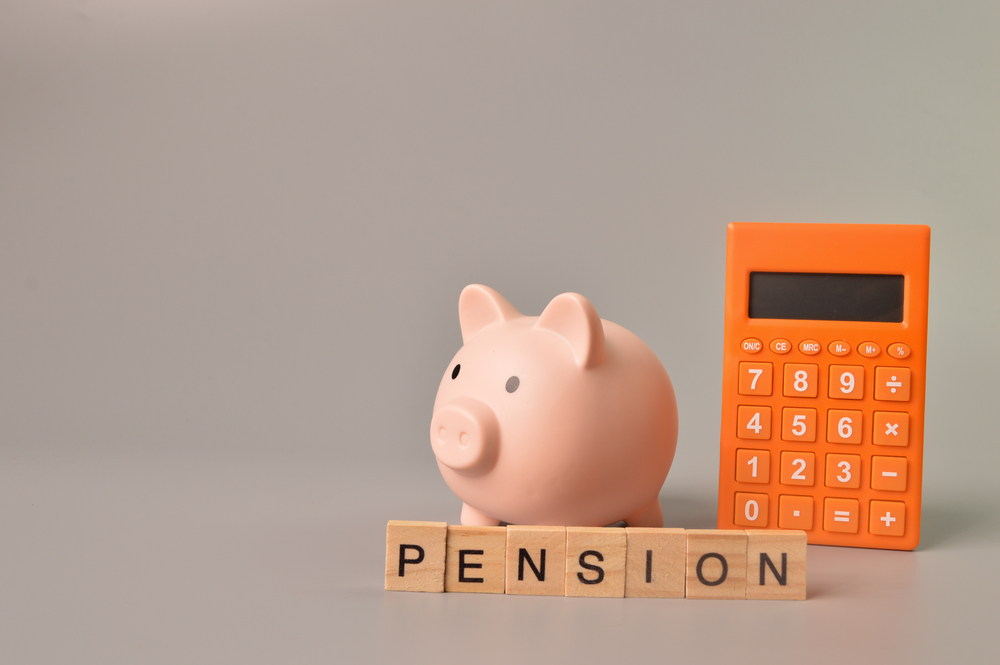News
Why women go nearly five months of the year without a pension

Women are more than twice as likely as men to miss out on being automatically enrolled into a workplace pension, meaning when it comes to retirement income, relative to men, they only start getting paid at the end of May.
One in nine women are in jobs where their employers are not required to enrol them into a workplace pension.
When it comes to men, this figure is less than one in 20 (4.3%), revealing women are more than twice as likely as men to miss out on pensions auto-enrolment, according to trade body, the TUC.
Under auto-enrolment laws, employers are required to automatically enrol workers into a pension if they earn £10,000 a year or more, and importantly, contribute to these pots for the employee.
However, 1.4 million women earn less than this threshold, potentially leaving them without an occupational pension for their later years.
Geographically, Northern Ireland (15.2%), the West Midlands (14.5%) and Wales (14.2%) are the areas with the highest proportion of women employees who don’t qualify for auto-enrolment. Meanwhile London has the lowest at 7%.
Further, as auto-enrolment currently kicks in from the age of 22 (it is expected to be lowered to 18), it means younger workers in low-paid and part-time jobs will also miss out for a period.
The TUC said 36% of younger women and 15% of younger men aged 18-21 do not earn enough to require their employers to auto-enrol them.
Gender Pensions Gap Day
The figures come as part of Gender Pensions Gap Day (Monday 29 May) which is the day women pensioners effectively start getting paid their pension.
The Prospect Union has calculated that the income gap between men and women in retirement is now 40.5%, more than twice the level of the gender pay gap (currently 14.9%).
Based on the big pensions income gap between men and women, it means the average retired woman effectively goes nearly five months of the year without getting a pension.
The TUC explained that the main drivers of the gender pensions income gap are caring responsibilities, gender pay gap, gaps in auto-enrolment and historic differences in National Insurance for state pension purposes.
It said that unless these disparities in pension wealth are tackled, the gender pension gap will persist when today’s workers reach retirement. This year, the gap is at the highest rate since 2015/16 when it was 40.7%.
As such, the average retired woman received £7,100 less pension income in 2020/21 compared to an average retired man.
The union suggested the Government introduce a statutory requirement to report on the gender pension gap; to “fix” auto-enrolment so that it works for people in low-paid and part-time jobs; high quality funded childcare and to “fix” the staffing crisis in social care and childcare which is placing “huge strain” on women to carry out caring responsibilities.
‘Benefit from decent income in retirement’
TUC general secretary, Paul Nowak, said: “We need to fix our pension system so that all women can benefit from a decent income in retirement.
“But many are missing out on having any sort of occupational pension at all. Unless ministers act now, more women will be consigned to poverty in retirement.
“Ministers should start by scrapping the earnings threshold for auto-enrolment. Workers should have the chance to build up a pension, regardless of how much they earn.”